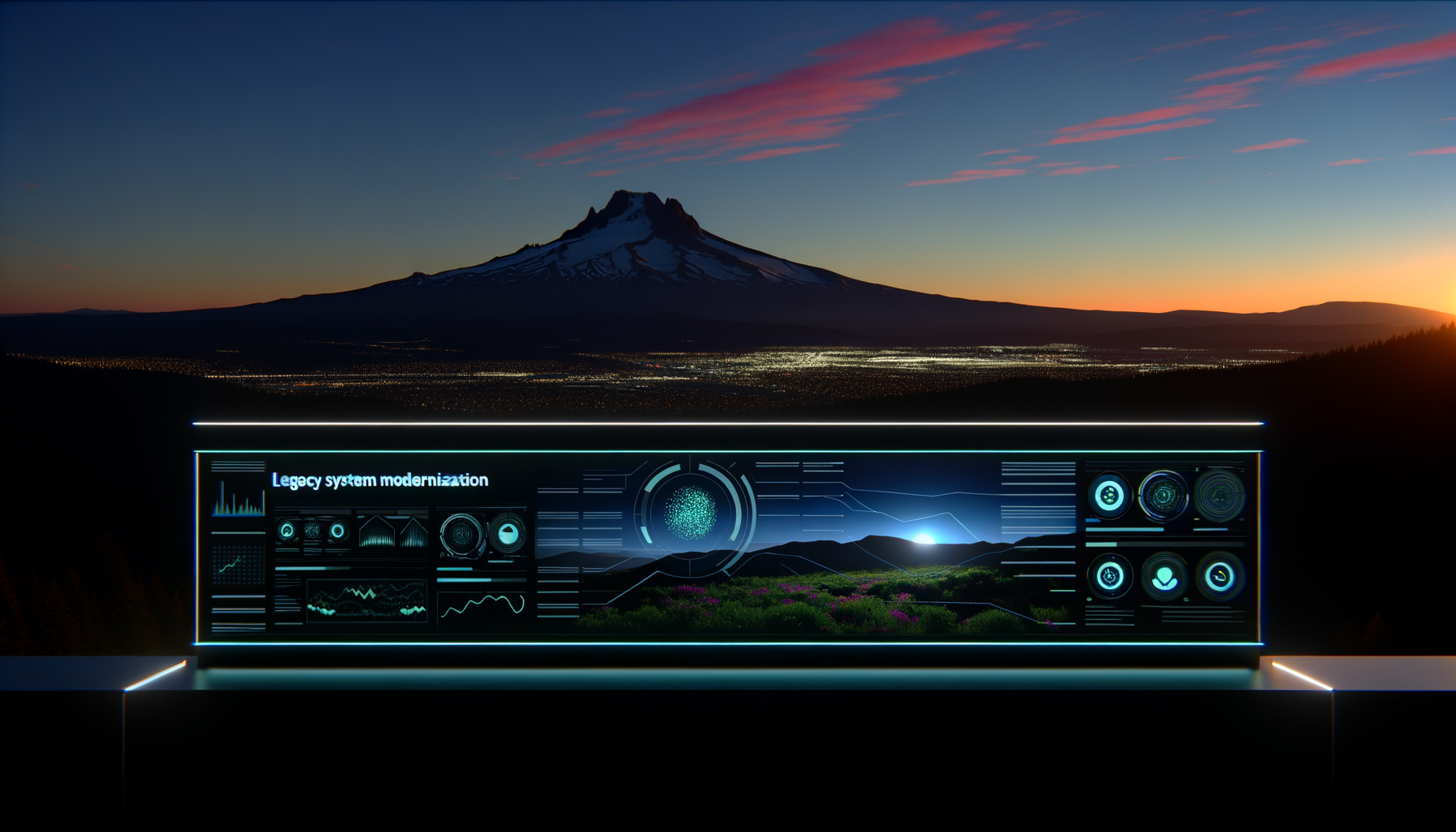Are your legacy systems silently stifling innovation? In today’s fast-paced digital world, businesses can't afford to let outdated technology hinder their growth. By 2025, over 70% of enterprises plan to modernize their legacy applications, leveraging cutting-edge cloud solutions and AI-driven insights to remain competitive (Gartner, 2023). This guide unpacks key modernization strategies, ensuring your systems are future-ready and ROI-focused.
Understanding Legacy System Challenges

Code review collaboration in a modern office.
Legacy systems, often core to business operations, can also be significant bottlenecks. They suffer from high maintenance costs, lack of scalability, and security vulnerabilities. According to a recent survey, 60% of CTOs consider outdated infrastructure as a top barrier to digital transformation (TechCrunch, 2023).
These systems often lack the flexibility needed for rapid innovation, making it difficult to integrate new technologies like AI and cloud services effectively.
Addressing these challenges requires a strategic approach to modernization, prioritizing scalability, security, and performance enhancements.
CALLOUT
Key insight: 60% of CTOs cite legacy systems as a digital transformation barrier.
The Power of AI in Modernization
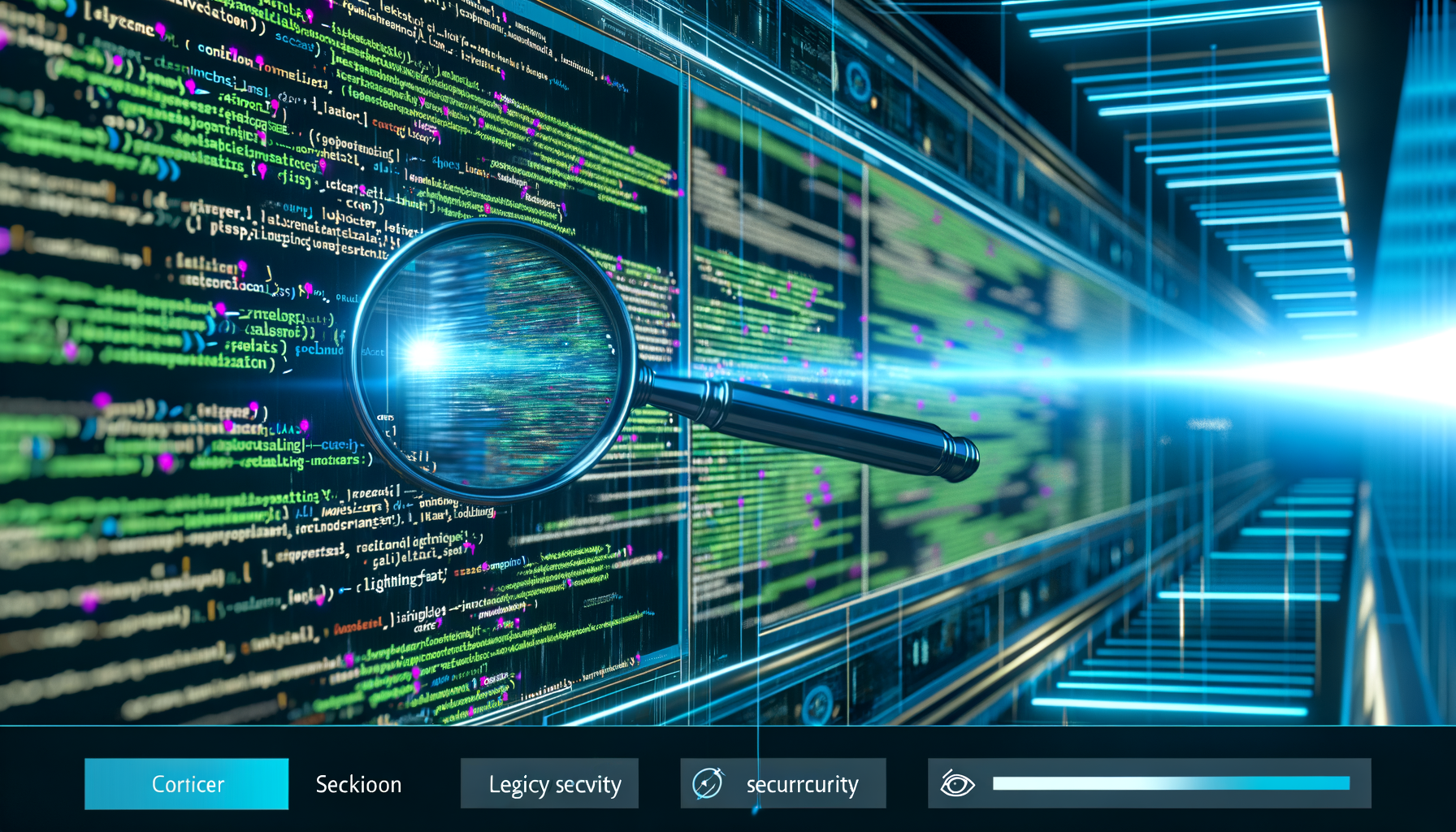
AI-driven tool analyzing legacy code.
AI and automation have emerged as game-changers in legacy application modernization. AI-driven code analysis streamlines the process, identifying inefficiencies and recommending optimizations. This reduces the time and cost of modernization projects.
Tools like AI-based code refactoring automate monotonous tasks, freeing up developers to focus on innovation. Companies adopting AI in their modernization efforts see a 30% faster time-to-market (Forbes, 2023).
By leveraging AI, businesses can ensure their legacy systems are not just updated, but transformed into strategic assets.
LIST
- •AI-driven code analysis
- •Automated refactoring tools
- •30% faster time-to-market
From Monolith to Microservices
Breaking Down the Monolith
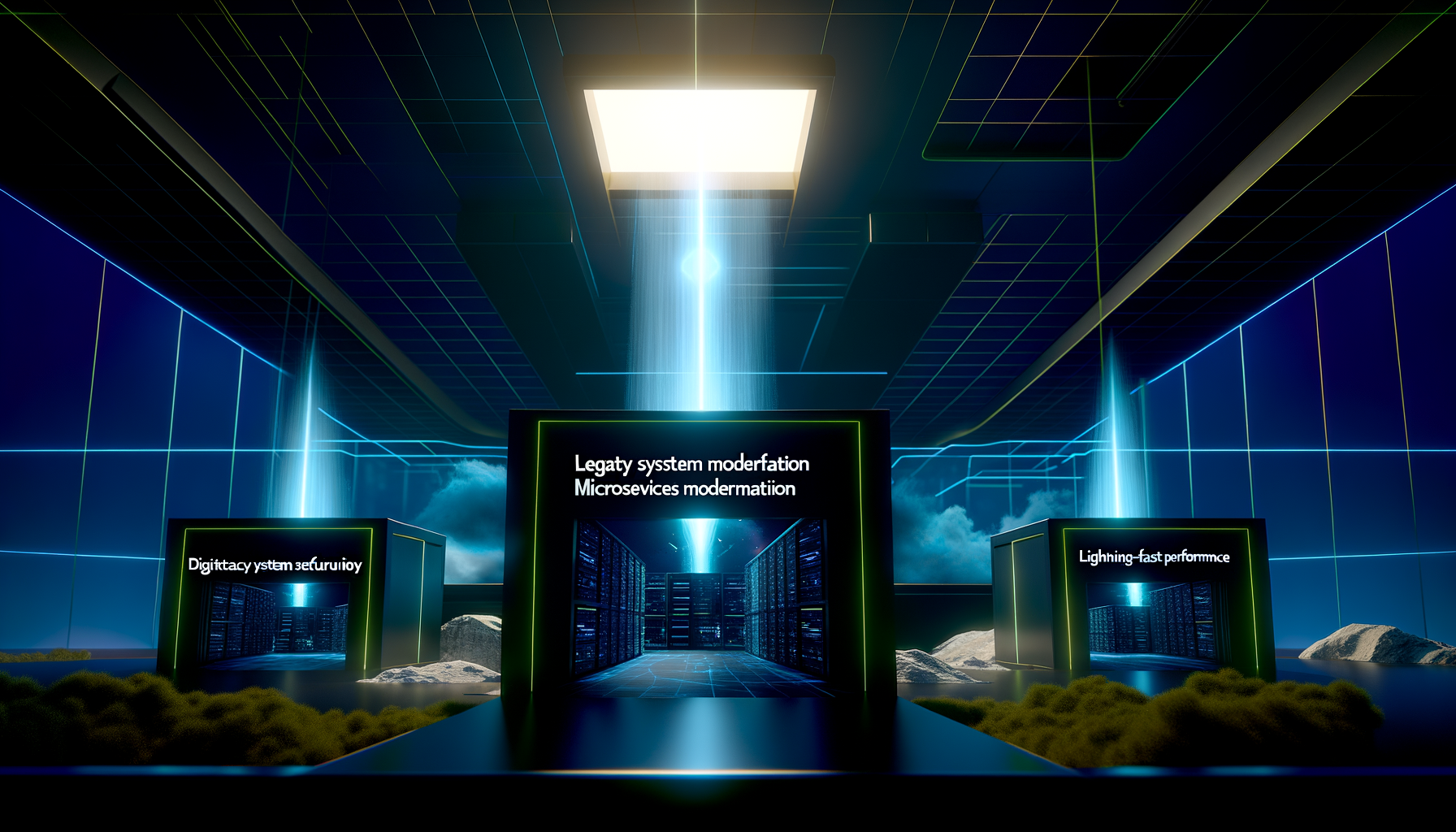
Diagram showing monolith to microservices transformation.
Shifting from monolithic architectures to microservices offers immense benefits, including improved scalability and agility. Microservices enable independent deployment and scaling of services, which is crucial for handling varying workloads effectively.
The transition involves decomposing existing applications into discrete services that can be developed, deployed, and scaled independently. This reduces downtime and enhances system resilience.
Companies that have successfully transitioned report a 50% reduction in deployment times and a noticeable improvement in system reliability (Harvard Business Review, 2023).
QUOTE
Microservices transform legacy systems into agile, scalable architectures.
Cloud Migration: A Strategic Approach
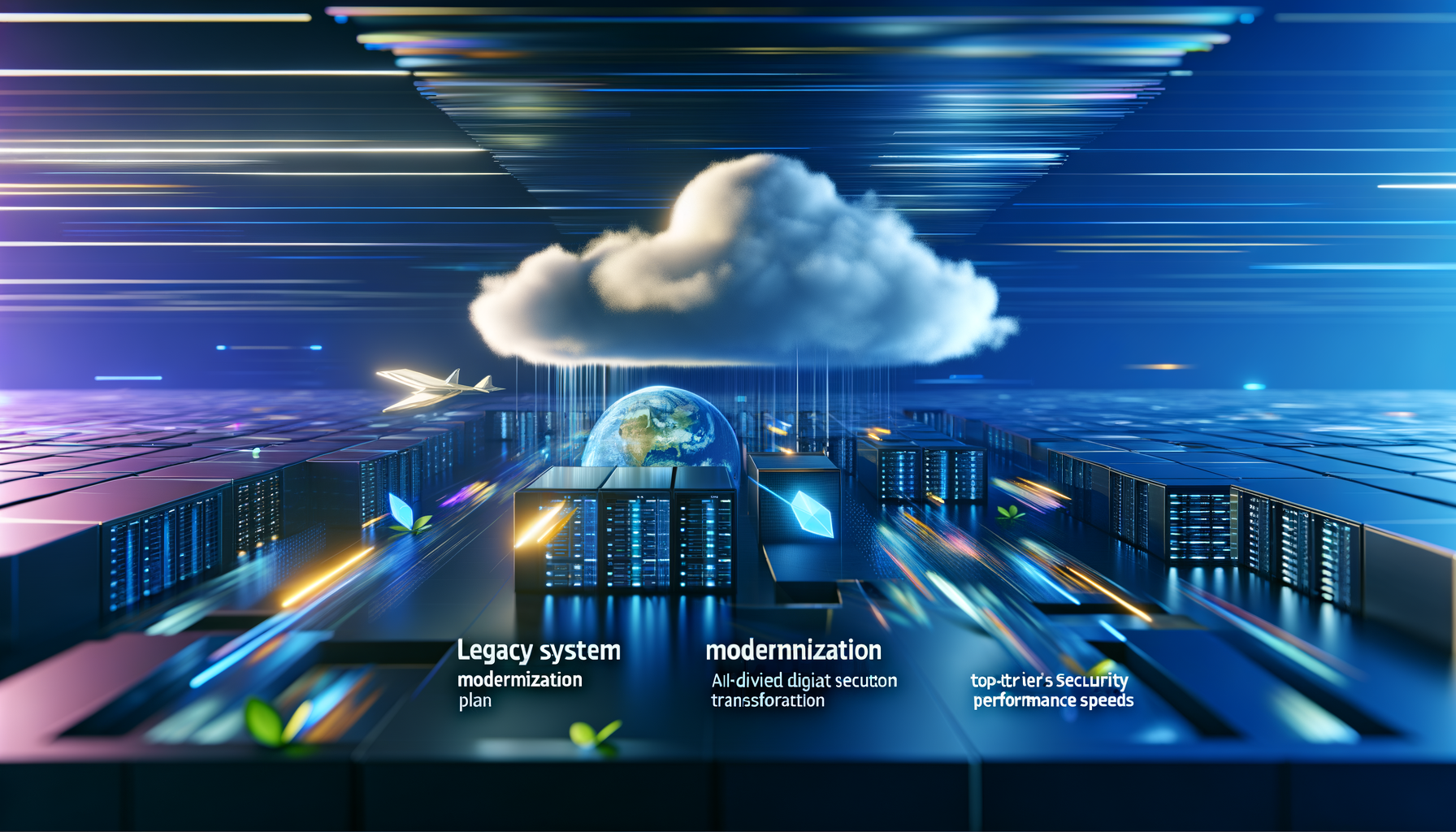
Cloud migration plan diagram.
Cloud migration is a cornerstone of legacy system modernization, offering scalable resources, cost efficiency, and enhanced security. The key is a well-planned strategy that aligns with business goals and minimizes disruption.
Businesses should conduct a thorough assessment of current systems, evaluate cloud providers, and choose between public, private, or hybrid models based on their needs.
A structured migration plan ensures a seamless transition, with organizations experiencing up to 40% cost savings and improved operational efficiency post-migration (InformationWeek, 2023).
CALLOUT
Strategic cloud migration leads to 40% cost savings.
Overcoming Technical Debt
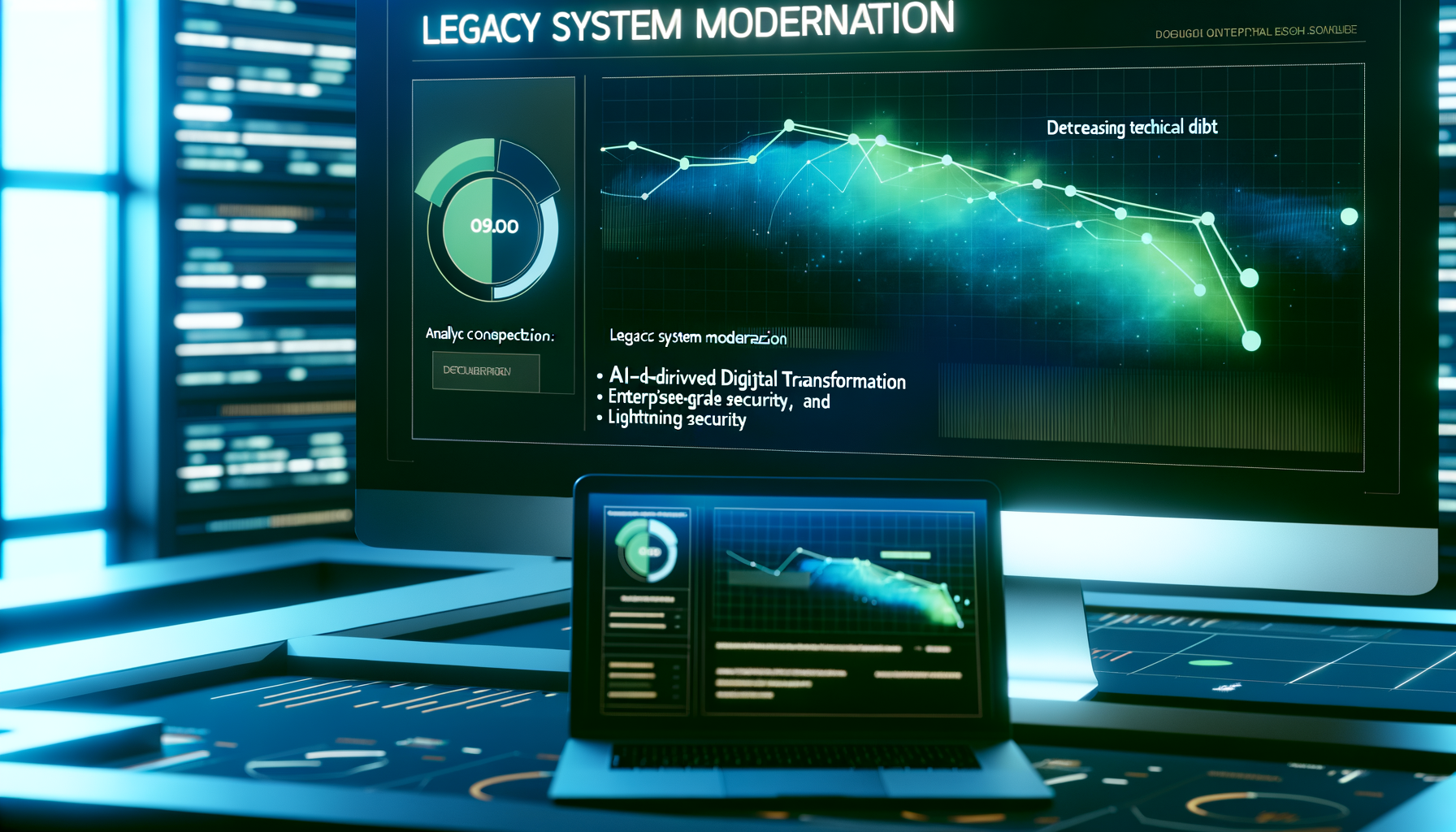
Analytics graph showing decreasing technical debt.
Technical debt, often a byproduct of rapid growth or poor initial coding practices, can severely hinder modernization efforts. Addressing it requires prioritizing cleanup and refactoring projects within the modernization strategy.
Implementing systematic code reviews and adopting best practices in code development can prevent future technical debt accumulation.
By managing technical debt effectively, businesses can free up resources for innovation, ensuring their modernization efforts are sustainable and impactful.
LIST
- •Prioritize code cleanup
- •Systematic code reviews
- •Adopt best coding practices
Frequently Asked Questions
QWhat are the key trends in legacy application modernization for 2025?
QHow can AI and automation accelerate the modernization of legacy systems?
QWhat role does cloud migration play in updating legacy applications?
Conclusion
Modernizing legacy systems is essential for maintaining competitiveness in today’s digital landscape. By leveraging AI, adopting microservices, and planning strategic cloud migrations, businesses can transform their operations.
Future Vision
The future belongs to those who seamlessly integrate innovation with operational efficiency.
Schedule your AI audit with Quicklook.
